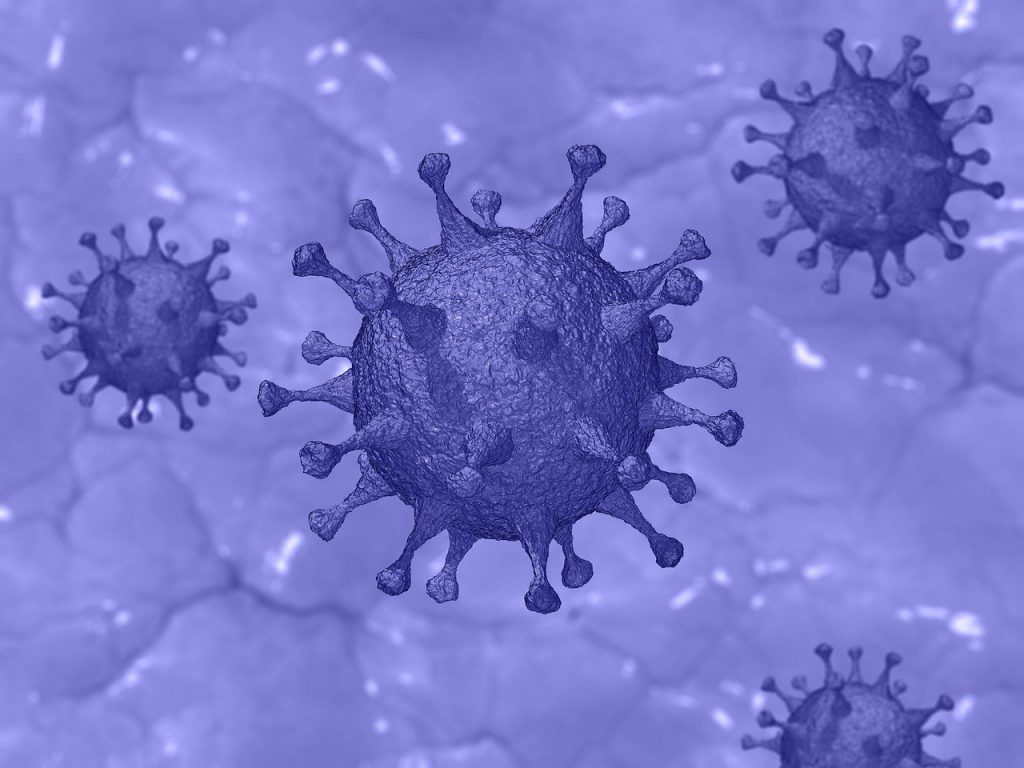The novel coronavirus, SARS-CoV-2, has rapidly made its way around the world and impacted almost everyone in some way. It has hospitals full and researchers moving fast to find a vaccine. As scientists scramble to fully understand this virus, two major questions arise: How long could it possibly last on various surfaces, and what cleaning products might be effective against it?
Researchers in Germany took a close look at 22 studies that analyzed other coronaviruses, such as those that induce Severe Acute Respiratory Syndrome (SARS), Middle East Respiratory Syndrome (MERS), or human coronaviruses (HCoV). The researchers did not assess SARS-CoV-2. They wanted to understand which cleaning methods were best for inactivating coronaviruses on a variety of surfaces, such as steel, wood, paper, glass, ceramic, PVC, and plastic. A few studies they examined even assessed surgical gloves and disposable gowns.
The studies included data about how long the virus lasts on surfaces, and chemicals that could inactivate it. For inactivation by certain cleaners, both “suspension tests” and “carrier tests” were carried out. Suspension tests add the disinfectant directly to any viruses or microorganisms in question, then add a chemical to stop the disinfectant effects, and leave the mixture alone for a while and count how many survive. Carrier tests are a little more intricate. They mix the virus or microorganism in question with a ‘clean’ condition (a protein) and ‘dirty’ condition (sheep blood). These mixtures are then applied to glass, metal, or wood which are the ‘carriers’. The carrier is then air-dried, and the same procedure is used to identify how many survive.
The researchers found that SARS-CoV strain P9 could persist on metal, wood, paper, glass, and plastic for approximately 5 days untreated. A different SARS-CoV strain, GVU6109, could last on paper for up to 24 hours, and on disposable gowns for up to 2 days at room temperature. HCoV strain 229E could remain on steel, PVC, ceramic, teflon, and glass for 5 days at 21°C and plastic for 2-6 days at room temperature. MERS-CoV isolate HCoV-EMC/2012 could persist on steel and plastic anywhere from 8-48 hours, but higher temperatures (30°C) lowered this time to 8-24 hours.
After gathering this information, they then collected the data available about the ability of certain cleaners to inactivate these coronaviruses, such as ethanol, 2-propanol, glutardialdehyde, formaldehyde, and sodium hypochlorite (bleach). The researchers found that in suspension tests, ethanol (78-95% in water), 2-propanol (70-100% in water), glutardialdehyde (0.5-2.5% in water), and formaldehyde (0.7-1% in water) readily inactivated the coronavirus. Bleach was effective at a concentration of at least 0.21%.
In the more realistic carrier tests, ethanol (62-71% in water) and 0.1-0.5% bleach each could make the virus less infectious within 1 minute of exposure. Glutardialdehyde (2% in water) was also effective. The researchers recommended that solution of 1 part bleach to 49 parts water is appropriate to disinfect surfaces. 70% Ethanol is also recommended by the World Health Organization for disinfecting surfaces. Unfortunately, the studies did not include data about hands contaminated with coronavirus, or the amount of viruses on hands after touching contaminated surfaces.
It is important to reiterate that this study did not examine the novel SARS-CoV-2 virus responsible for COVID-19, and these chemicals should not be mixed together. The information in this study is a rapid response to help understand how people can effectively sanitize surfaces for a group of relevant coronaviruses. Social distancing, frequently washing hands for >20 seconds, and using a >60% alcohol-based sanitizer can also help prevent the spread of viruses. From the existing literature, it appears that disinfecting various surfaces using ethanol (62-71% in water) or 0.1% bleach are effective ways to sanitize surfaces from coronaviruses.


